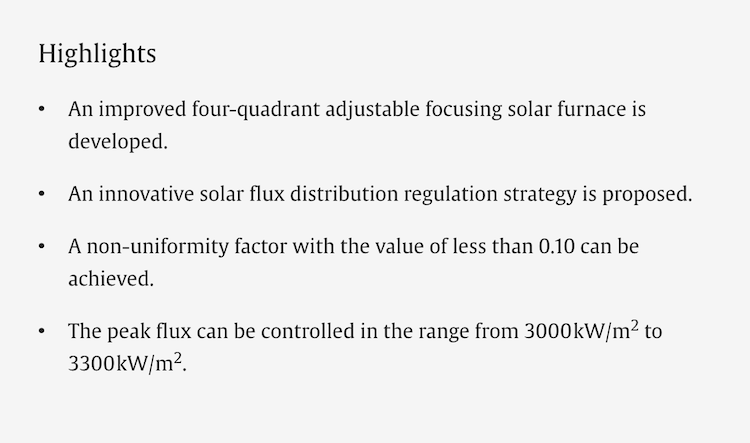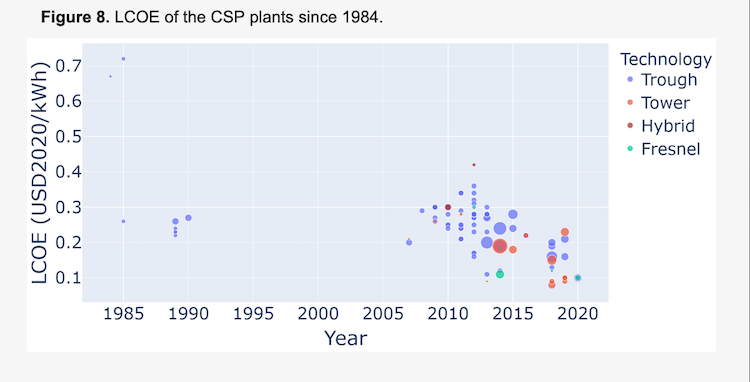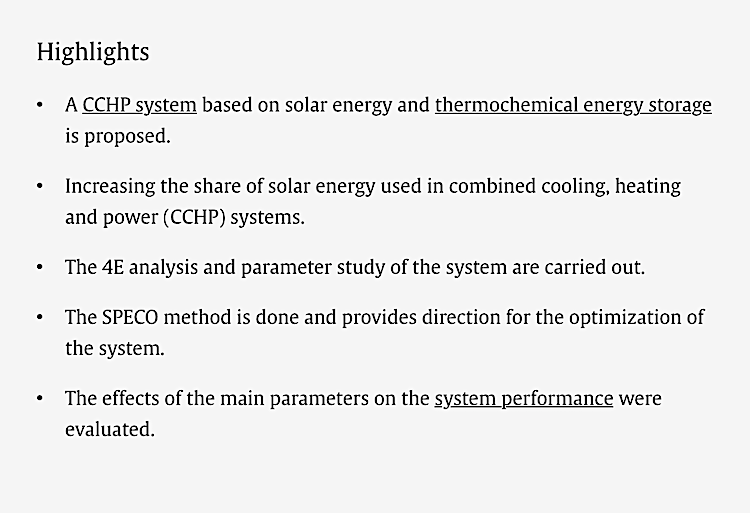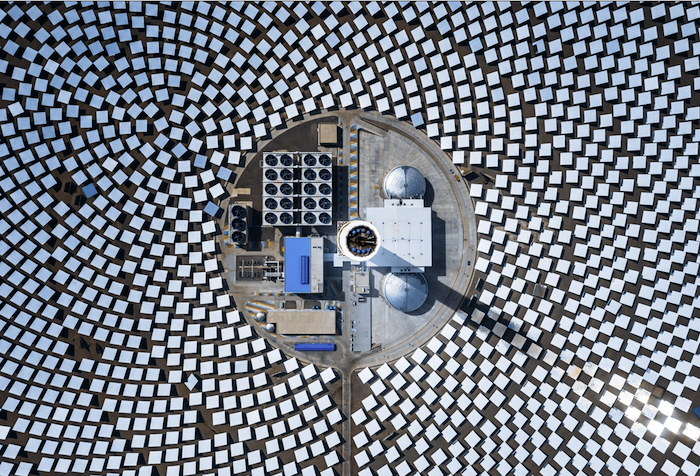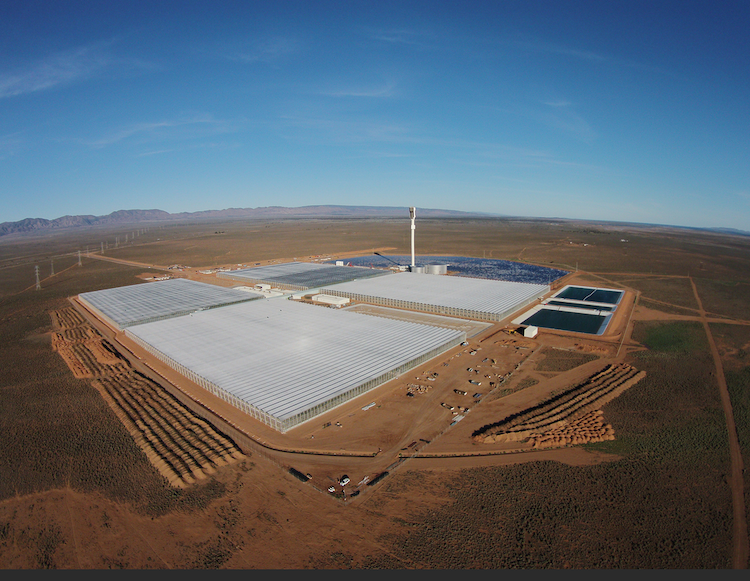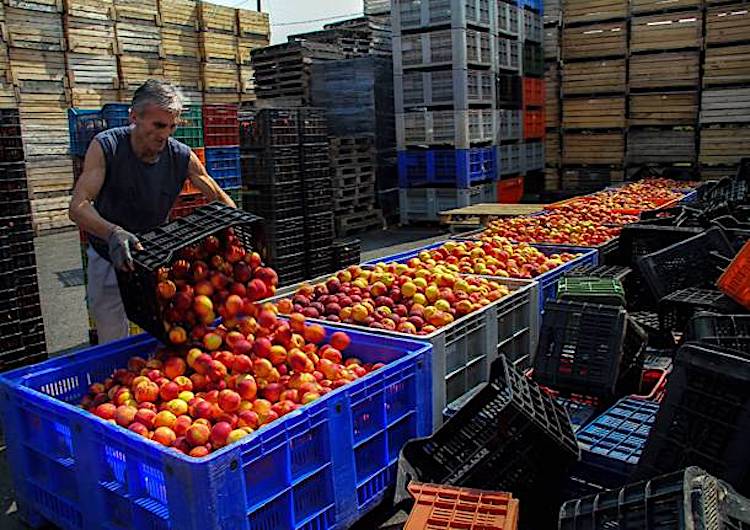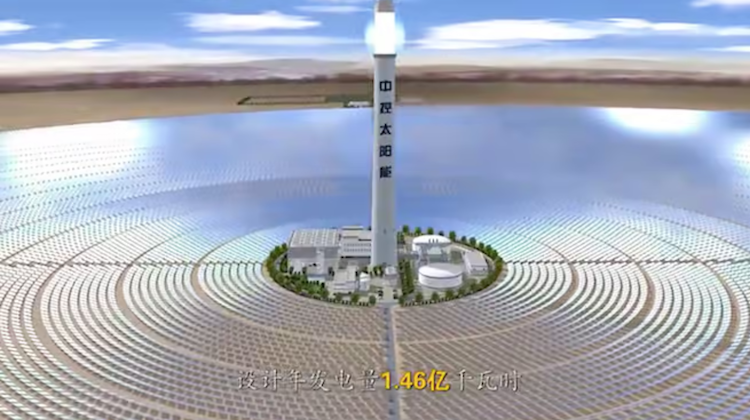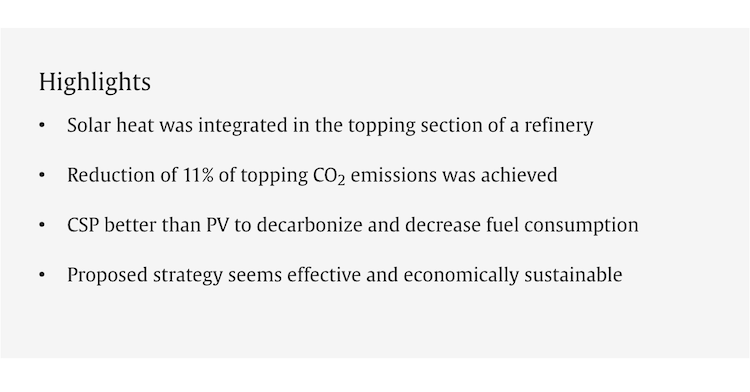Abstract The solar furnace is key equipment for the thermochemical reaction research which uses focused solar energy to drive the reactor, and the solar flux distribution on the reactor surface plays a decisive role in the regulation of the thermochemical reaction process and formation of target products. In this paper, a reflective solar furnace with …
Published at Clean Technologies – Status of Concentrated Solar Power Plants Installed Worldwide: Past and Present Data
Abstract: Solar energy is not only the most abundant energy on earth but it is also renewable. The use of this energy is expanding very rapidly mainly through photovoltaic technology. However, electricity storage remains a bottleneck in tackling solar resource variability. Thus, solar thermal energy becomes of particular interest when energy storage is required, as …
El IDAE adjudica a Protermosolar la elaboración de una guía de energía solar térmica de concentración para usos industriales
La guía tiene como objetivo identificar las industrias y procesos aptos para integrar Energía Solar Térmica de Concentración, analizar la viabilidad de su aplicación en términos técnicos y económicos y evaluar el impacto potencial en el consumo energético industrial total Protermosolar aporta al IDAE su experiencia técnica para la elaboración de la guía, así como …
Published at Energy Conversion and Management – 4E analysis and parameter study of a solar-thermochemical energy storage CCHP system
Abstract: The combination of calcium looping and concentrating solar power (CSP) is a promising energy conversion technology that can greatly increase the share of solar energy used in combined cooling, heating and power (CCHP) systems. This paper designs a CCHP system based on solar energy and thermochemical energy storage. The system runs all day through …
Published at Energy – A cascaded thermochemical energy storage system enabling performance enhancement of concentrated solar power plants
Abstract: Calcium looping (CaL) thermochemical energy storage (TCES) exhibits promising potential for application in concentrated solar power (CSP) plants. However, the CSP-CaL integrating system encounters challenges related to elevated heat loss and diminished power generation efficiency. Herein, for the sake of a more rational heat management and enhanced energy utilization, we propose a cascaded energy …
AUSTELA calls for hybrid contracts to recognise generation and storage capabilities of CSP as part of CIS consultation response
Source: PV Magazine The Australian Solar Thermal Energy Association (AUSTELA) has outlined changes that will be critical to attract long-duration dispatchable capacity into the National Electricity Market, in its response to a consultation on the Implementation Design Paper for the Capacity Investment Scheme (CIS). Dr Keith Lovegrove, Director of AUSTELA, said, “concentrating Solar Thermal Power …
Researchers process wet waste with solar heat onsite in a mobile tanker truck
A team of solar researchers in Greece is contributing to the development of a technology to produce bio-crude from mixed wet waste processed onsite in a mobile solar-heated reaction chamber. They have innovated the use of concentrated solar thermal (CST) energy to heat this process using hydrothermal liquefaction (HTL) to produce bio-crude, a thick oil …
Continue reading “Researchers process wet waste with solar heat onsite in a mobile tanker truck”
Published at Applied Thermal Engineering – Artificial neural Network-Based LCOH estimation for concentrated solar power plants for industrial process heating applications
Abstract: A study was conducted to assess the feasibility of a 5MWt solar-only parabolic trough concentrated solar power (CSP) for industrial process heat (IPH) in various locations across Morocco. Furthermore, the initial plant design has been optimized by considering the number of full-load storage hours and the size of the solar field. Additionally, this study …
Published at Renewable and Sustainable Energy Reviews – Economically feasible solutions in concentrating solar power technology specifically for heliostats – A review
Abstract: The progress in the deployment of power towers directly affected the reduction of the levelized cost of electricity (LCOE), a standard for economic assessment of technologies producing electricity. LCOE of CSP plants is predicted to drop down to less than 0.05 USD/kWh in the coming years. Fig. 2 gives the LCOE of various plants …
Published at Energy – Concentrated solar heat for the decarbonization of industrial chemical processes: a case study on crude oil distillation
Abstract: A novel strategy for the decarbonization of crude oil distillation was proposed considering two distillation columns located in Sicily that were simulated by adapting the equipment datasheet of the refinery Raffineria di Milazzo (RAM). The proposed approach consists of the integration of the topping section with a concentrating solar power (CSP) plant to decrease …


